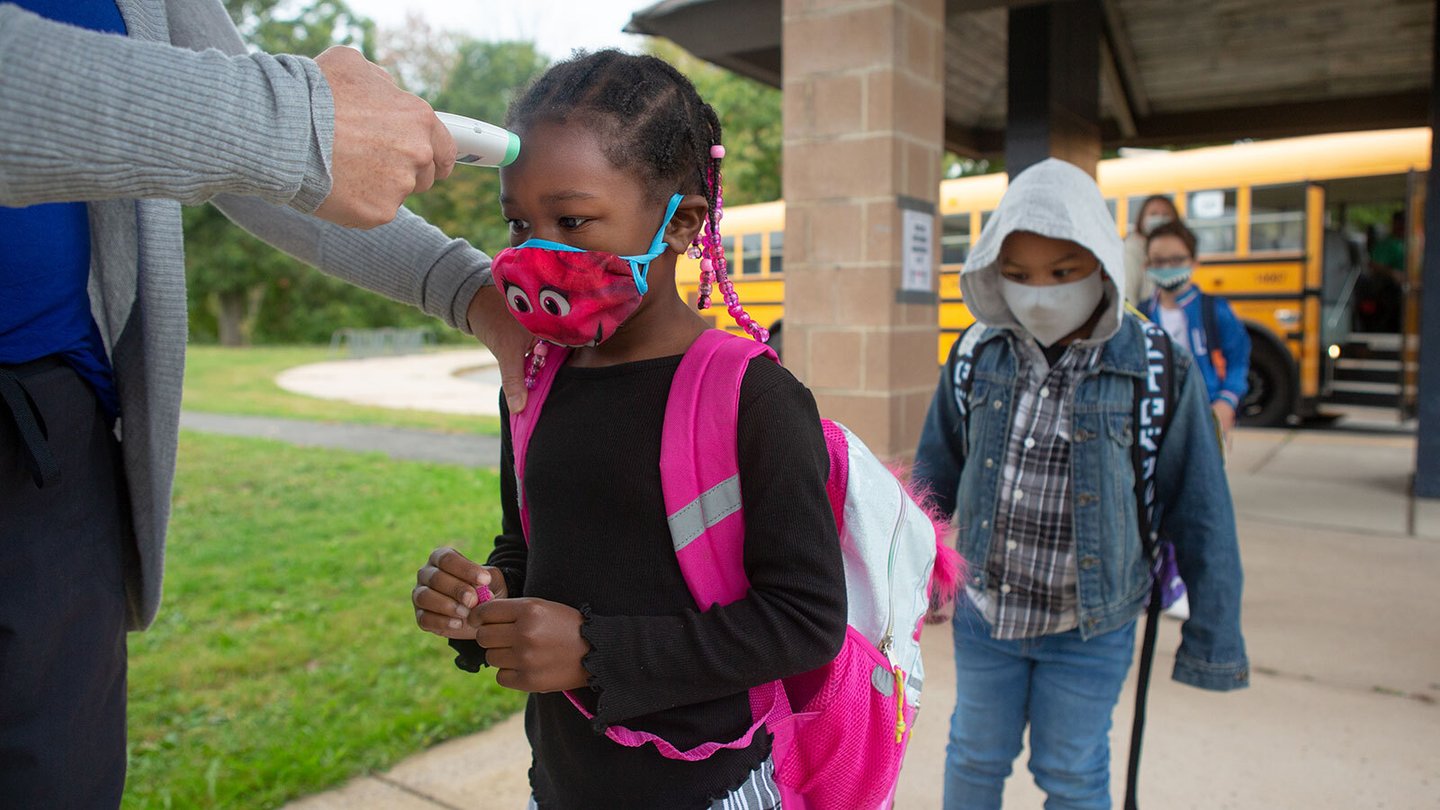Learning During COVID: How Does Your School District Compare?
The Corporation-supported Education Recovery Scorecard helps U.S. parents, educators, and policymakers compare the pandemic's impact on student learning by district
The Corporation-supported Education Recovery Scorecard helps U.S. parents, educators, and policymakers compare the pandemic's impact on student learning by district

The Education Recovery Scorecard offers a national interactive map of district-level learning between 2019 and 2022, revealing pandemic-related achievement gaps within and across states and historic declines in math and reading scores nationwide. Across 29 states and the District of Columbia, the average public school student in grades 3–8 has lost the equivalent of half a year of learning in math and a quarter of a year in reading.
A project of the Center for Education Policy Research at Harvard University and the Educational Opportunity Project at Stanford University, the Education Recovery Scorecard uses data from the 2022 National Assessment of Educational Progress (NAEP). Known as the “Nation’s Report Card,” NAEP is the only nationally representative and continuing assessment of what America’s students know and can do in key subject areas.
The Education Recovery Scorecard shows that declines in scores were notably larger in higher poverty school districts, on average, meaning that the pandemic widened already large educational disparities between high- and low-income communities.
The Education Recovery Scorecard, which received support from Carnegie Corporation of New York, Kenneth C. Griffin, and the Walton Family Foundation, shows that declines in scores were notably larger in higher poverty school districts, on average, meaning that the pandemic widened already large educational disparities between high- and low-income communities. A quartile of schools with the highest shares of students receiving free or reduced-price lunch lost two-thirds of a year of math learning, while the quartile with the fewest low-income students lost only two-fifths of a year of learning. Additionally, the analysis provides insights on the impact of time spent in remote instruction, federal emergency relief funding allocations, and instructional spending per student.
Some key findings:
The aim of the project, according to leaders Thomas J. Kane, faculty director of CEPR and Walter H. Gale Professor of Education at the Harvard Graduate School of Education, and Sean Reardon, professor of poverty and inequality in education at Stanford University and director of the Educational Opportunity Project, is to help parents, policymakers, and educators see the magnitude of the pandemic’s impact on student learning and to help guide local recovery efforts. “School districts are the first line of action to help children catch up,” says Reardon. “The better they know about the patterns of learning loss, the more they’re going to be able to target their resources effectively to reduce educational inequality of opportunity and help children and communities thrive.”